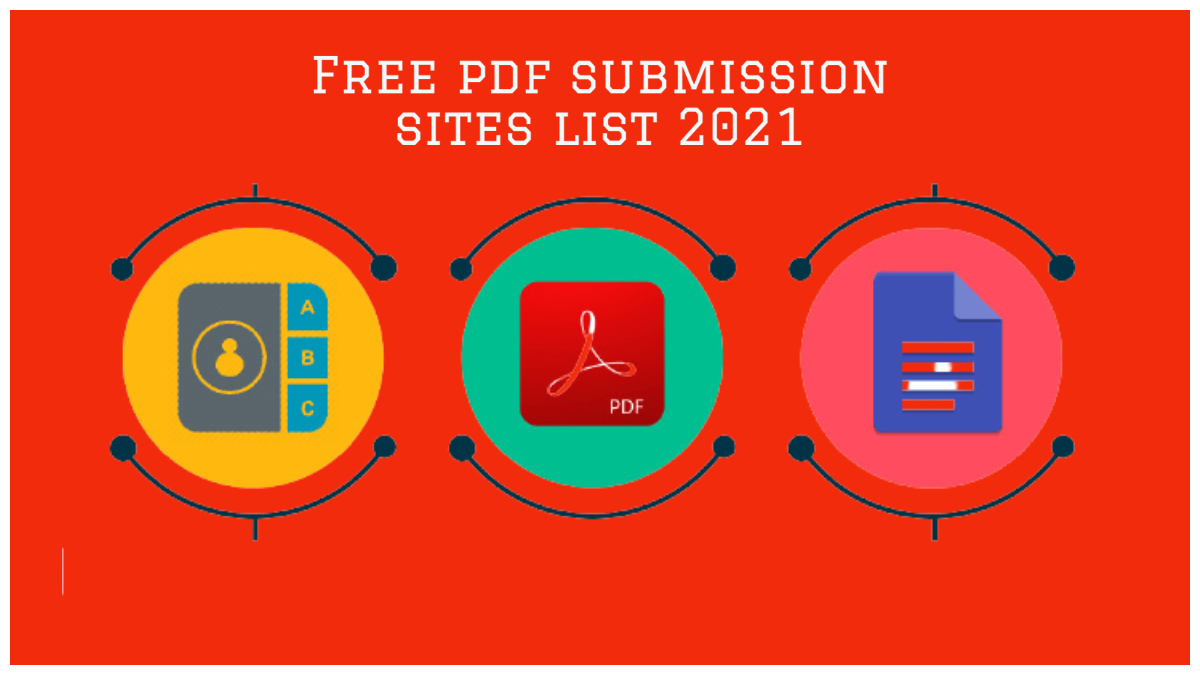There is an extremely long list of all the factors that are a part of your rank in the Google Search Engine. Google even has its own search quality evaluation guidelines that are frequently updated and worth checking out. However, having this big list it’s really hard not to lose your tactics and know what to look for to improve your ranking. So in between hundreds of all the factors, here are the main ones I would exclude that need more attention:
Meta Title: Your webpage’s meta title is an HTML tag that defines the title of your page. This tag displays your page title in search engine results, at the top of a user’s browser, and also when your page is bookmarked in a list of favorites. A concise, descriptive title tag that accurately reflects your page’s topic is important for ranking well in search engines.
Meta Description: Your webpage’s meta description is an HTML tag that is intended to provide a short and accurate summary of your page. Search engines use meta descriptions to help identify a page’s topic – they may also use meta descriptions by displaying them directly in search engine results. Accurate and inviting meta descriptions can help boost both your search engine rankings and a user’s likelihood of clicking through to your page.
Meta Keywords: Meta Keywords are a specific type of meta tag that appears in the HTML code of a Web page and help tell search engines what the topic of the page is.
Heading Tags: Check if your webpage is using any H1 and H2 HTML header tags. Header tags are not visible to users, but help clarify and support the overall theme or purpose of your page to search engines. The H1 tag represents the most important heading, e.g., the title of the page or blog post. The H2 tag represents the second most important headings on the webpages, e.g., the subheadings.
Competitor Domains: Some of the most relevant competitors for your domain are listed below.
Robots.txt: Check if your website is using a robots.txt file. When search engine robots crawl a website, they typically first access a site’s robots.txt file. Robots.txt tells Googlebot and other crawlers what is and is not allowed to be crawled on your site.
XML Sitemap: Check if the website has a sitemap. A sitemap is important as it lists all the web pages of the site and lets search engine crawlers crawl the website more intelligently. A sitemap also provides valuable metadata for each webpage.
Urllist.txt: – URLlist.txt is used as a sitemap for the Yahoo search engine.
HTML Sitemap: – Html sitemap is not present on your website, Using HTML sitemaps for SEO is a powerful alternative to using anchor text links in the primary navigation to ensure deeper pages get crawled. HTML sitemaps create a significant and distinct type of residual ranking factor that is crawled by all search engines that XML sitemaps simply cannot replicate.
ROR Xml: – ROR is not present on your website, ROR feeds are pushed as a more detailed Google Sitemaps option because it allows you to put information about products, services, feeds, articles, reviews, archives, and many other objects, all of which can be indexed by all of the major search engines.
Broken Links: Check if your website has any broken or dead links. This tool scans your website to locate both broken internal links (pointing within your website) and external broken links (pointing outside of your website). Broken links negatively impact the user experience and damage your website’s overall ranking with search engines.
SEO Friendly URL: Check if your webpage URLs are SEO friendly. In order for links to be SEO-friendly, they should contain keywords relevant to the page’s topic and contain no spaces, underscores, or other characters. You should avoid the use of parameters when possible, as they make URLs less inviting for users to click or share. Google’s suggestions for URL structure specify using hyphens or dashes (-) rather than underscores (_). Unlike underscores, Google treats hyphens as separators between words in a URL.
Missing Alt Tags: Check if images on your webpage are using alt attributes. If an image cannot be displayed (e.g., due to broken image source, slow internet connection, etc), the alt attribute provides alternative information. Using relevant keywords and text in the alt attribute can help both users and search engines better interpret the subject of an image.
Inline CSS: Check your webpage HTML tags for inline CSS properties. Inline CSS properties are added by using the style attribute within specific HTML tags. Inline CSS properties unnecessarily increase page size and can be moved to an external CSS stylesheet. Removing inline CSS properties can improve page loading time and make site maintenance easier.
Deprecated HTML Tags: Check if your webpage is using old, deprecated HTML tags. These tags will eventually lose browser support and your web pages may render incorrectly as browsers drop support for these tags.
Google Analytics: Check if your website is connected with Google Analytics. Google Analytics is a popular, free website analysis tool that helps provide insights about your site’s traffic and demographics.
Google Webmaster: It is used to track your site’s search performance with Google Search Console and our additional webmaster resources.
Favicon Icon: Check if your site is using and correctly implementing a favicon. Favicons are small icons that appear in your browser’s URL navigation bar. They are also saved next to your URL’s title when your page is bookmarked. This helps brand your site and make it easy for users to navigate to your site among a list of bookmarks.
JS Error: Check your page for JavaScript errors. These errors may prevent users from properly viewing your pages and impact their user experience. Sites with poor user experience tend to rank worse in search engine results.
Social Media: Check if your page is connected to one or more of the popular social networks. Social signals become increasingly important as ranking factors for search engines to validate a site’s trustworthiness and authority.
HTML Page Size: Check your page’s HTML size. HTML size is the size of all the HTML code on your web page – this size does not include images, external javascript, or external CSS files.
HTML Compression/GZIP: Check if your website is using HTML compression. HTML compression plays an important role in improving website speed by finding similar strings within a text file and replacing them temporarily to reduce overall file size.
Site Loading Speed: Check your website’s loading speed. Page speed is an important factor in search engine rankings and overall site success. Pages that take longer than 5 seconds to load can lose up to 50% of users. Faster webpages result in higher traffic, better conversions, and increased sales over slower loading pages.
JavaScript Minification: Checks if any external javascript files used in your page are minified. Minified files reduce page size and overall load time.
CSS Minification: Checks if any CSS files used in your page are minified. Minified files reduce page size and overall load time.
Nested Tables: Check if this site contains nested tables. A nested table is an HTML table containing another table inside it. The use of nested tables can slow down page rendering in the user’s browser.
Frameset: Check if your page is using frames, which divide your browser window into multiple sections where each section can load separate HTML documents. Frames create problems for both users (e.g., by creating unexpected behavior with printing functions or use of the back-button) and search engine robots (by complicating the crawling process). Avoid the use of frames when possible.
Doctype: Check for doctype declaration. A document type declaration, or DOCTYPE, defines which version of (X)HTML your webpage is using. Proper doctype declaration assists with proper page rendering and functioning of web documents in compliant browsers.
URL Redirects: Check how many redirects your URL will perform to resolve to the final destination URL. Redirects often cause search engine indexing issues and can also lead to some minor loading delays. Google recommends removing or keeping redirects to a minimum.
URL Canonicalization: Test your site for potential URL canonicalization issues. Canonicalization describes how a site can use slightly different URLs for the same page (e.g., if http://www.example.com and http://example.com display the same page but do not resolve to the same URL). If this happens, search engines may be unsure about which URL is the correct one to index.
HTTPS Test: Check if your website is using HTTPS, a secure protocol for sending/receiving data over the Internet. Using HTTPS indicates that an additional encryption/authentication layer was added between client and server. HTTPS should be used by any site that collects sensitive customer data such as credit card information. Even for sites that do not collect such data, switching to HTTPS helps users by improving privacy and overall security. Google is increasingly using HTTPS as a positive ranking factor.
Safe Browsing: Check if your website is identified as having malware or exhibiting phishing activity by Google’s safe browsing API. Any site containing malware or suspicious for phising activity is seen as a threat to the online community and is often penalized by search engines. This test checks your website against regularly updated malware and phishing databases of problem websites.
Server Signature: Check if your server’s signature is ON. A server signature is the public identity of your web server and contains sensitive information that could be used to exploit any known vulnerability. Turning your server signature OFF is considered a good security practice to avoid disclosure of what software versions you are running.
Directory Browsing: Check if your server allows directory browsing. If directory browsing is disabled, visitors will not be able to browse your directory by accessing the directory directly (if there is no index.html file). This will protect your files from being exposed to the public. Apache webserver allows directory browsing by default. Disabling directory browsing is generally a good idea from a security standpoint.
Plaintext Emails: Check your webpage for plaintext email addresses. Any e-mail address posted in public is likely to be automatically collected by computer software used by bulk emailers (a process known as e-mail address harvesting). A spam harvester can read through the pages in your site and extract plaintext email addresses which are then added to bulk marketing databases (resulting in more inbox spam). There are several methods for email obfuscation.
Media Query Responsive: Check if your page implements responsive design functionalities using the media query technique. The ‘@media’ rule allows different style rules for screen sizes. Media query techniques allow different presentations and content to be served depending on the output device, helping ensure that your website renders optimally on all devices and platforms.
Structured Data: Check if your website uses HTML Microdata specifications (or structured data markup). Search engines use microdata to better understand the content of your site and create rich snippets in search results (which helps increase the click-through rate to your site).
Custom 404 Error Page: This SEO test will check if your website is using a custom 404 error page. By creating a custom 404 error page, you can improve your website’s user experience by letting users know that only a specific page is missing/broken (and not your entire site), providing them helpful links, the opportunity to report bugs, and potentially track the source of broken links in your site.
Noindex Tag: Check if your webpage is using the robots meta tag or the X-Robots-Tag HTTP header to instruct search engines not to show your site in search results pages.
Canonical Tag: Check if your webpage is using the canonical link tag. The canonical link tag is used to nominate a primary page when you have several pages with duplicate or very similar content.
Nofollow Tag: Check if your webpage is using the robots meta tag or the X-Robots-Tag HTTP header to instruct search engines not to follow the links on your page. Outgoing links marked with this tag will tell search engines not to follow or crawl that particular link. Google recommends that no-follow tags are used for paid advertisements on your site and links to pages that have not been vetted as trusted sites (e.g., links posted by users of your site).
SPF Records: Check if your DNS records contain an SPF record. SPF (Sender Policy Framework) records allow email systems to verify if a given mail server has been authorized to send mail on behalf of your domain. Creating an SPF record increases email delivery rates by reducing the likelihood of your email being marked as spam.







